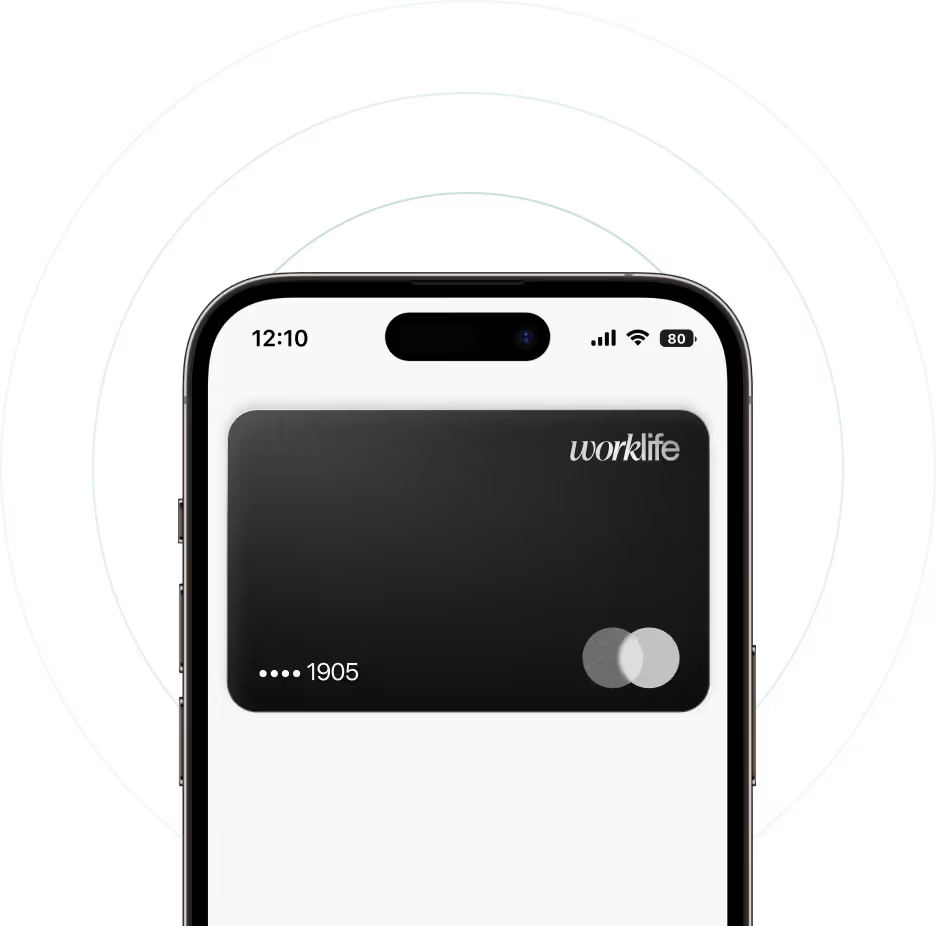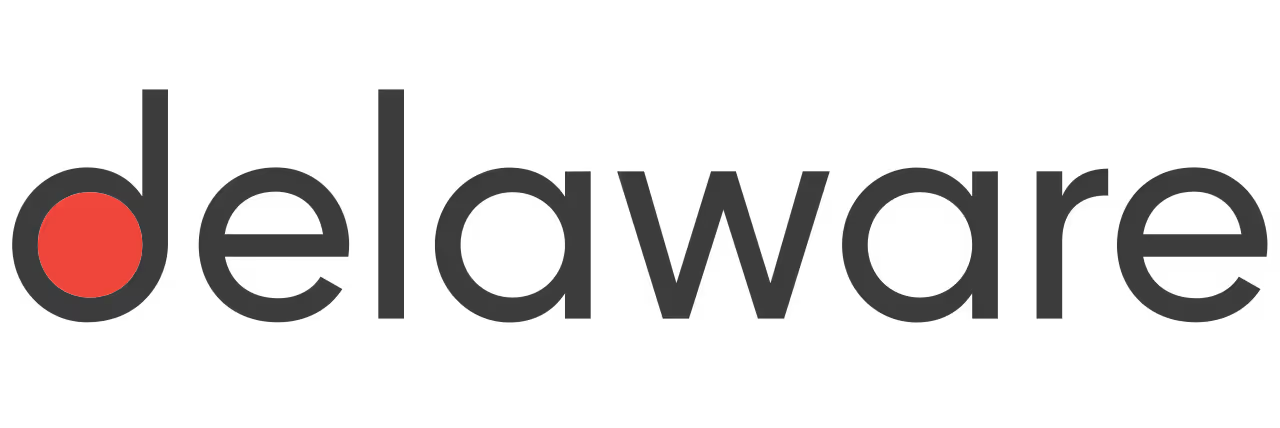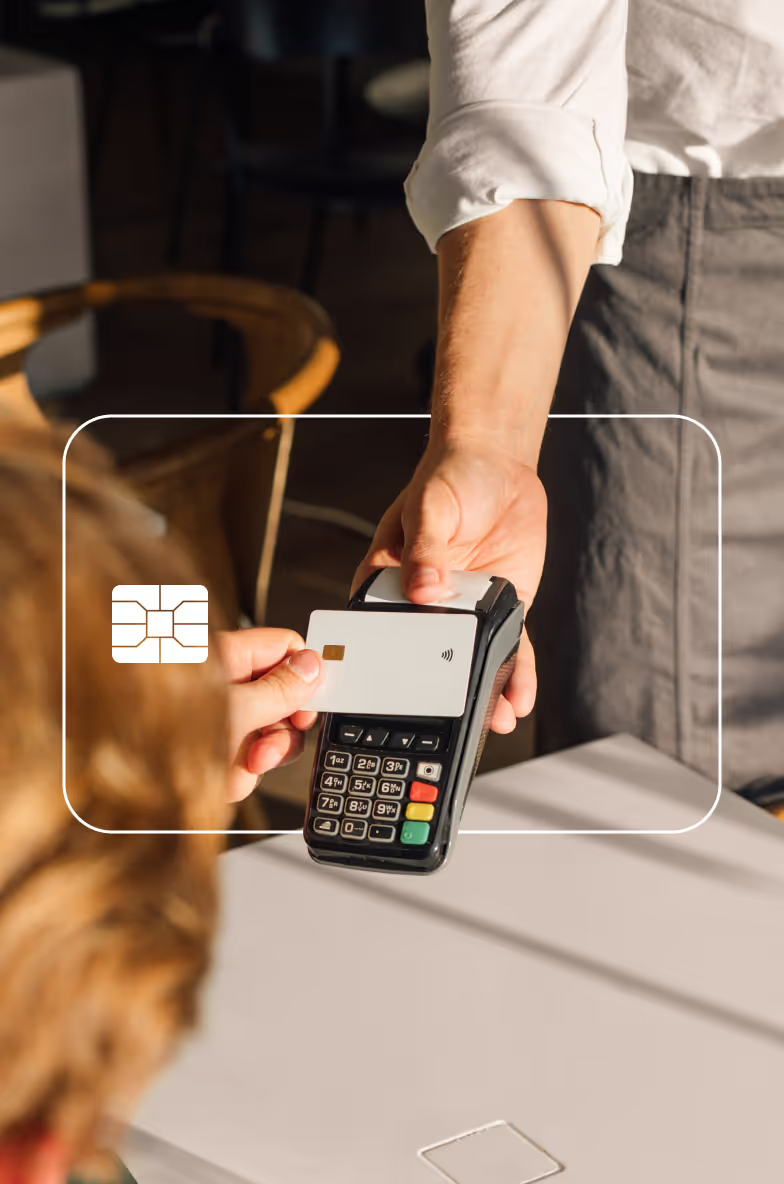One card.
To rule them all.
At Worklife, our single card puts you in the driver's seat, unlocking multiple benefits and steering your workplace welfare policy towards excellence.
A card that looks just like you
Your colors, your signature, strengthening your employer brand.

An all-in-one card
Intuitive by design, it seamlessly consolidates and activates all your employee benefits from a single dashboard.

A smart card
Our AI-driven technology simplifies the employee experience, ensuring a seamless ride from start to finish.

The app.
Or rather the super App.
Give your employees a fresh take on corporate life.
Promote your employer brand
With a personalized app in your corporate colors, you can boost employee commitment.



Centralize your entire social base
The app lets you connect your third-party suppliers: health insurance, employee savings plans, etc.
Enhance your employees' benefits
Thanks to our all-in-one app, they can access their total budget allocation per benefit and their individual social report.

Raise the bar on your internal communications
By allowing you to send messages and notifications to your employees, the app becomes a real channel for sharing your welfare policy.


Your success has a secret weapon: top-tier technology.
4 steps, 980 milliseconds to take your employer brand further.
The employee makes the payment and the information is processed
Worklife verifies merchant identity
The merchant is eligible for an activated benefit
Transaction approved
Direct debits automatically allocate the expense to the correct benefit.
Your employees can associate their personal IBAN to pay with no limit on the amount.
You customize and distribute employee benefits according to your own rules.
Your company is billed only when expenses are incurred.

Frequently asked questions
Transactions are processed as standard bank payments, with no referral fees. Merchants retain the value of their work, which supports the local economy.
The rules of use are integrated directly into the card and the banking system. It is impossible to use the aid outside the defined criteria. Financiers also benefit from comprehensive reporting and full traceability of financial flows.
Yes. Thanks to remote reloading and virtual cards, aid can be disbursed in a matter of seconds, which is a major advantage for emergency response systems.
The solution covers a wide variety of measures: food aid, emergency aid, housing support, mobility, social integration, educational support, and more. Each measure can be fully customized according to the criteria of the funding organization.
The card allows the beneficiary to use their assistance as a traditional means of payment, within the framework defined by the funding organization. The rules of use (types of businesses, limits, areas, periods, etc.) are set in advance and applied automatically.

















































.svg)









